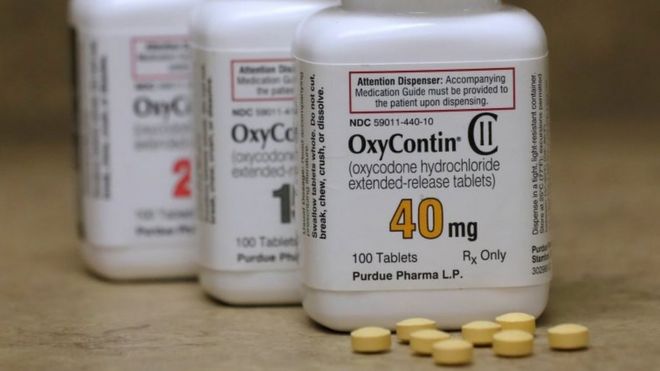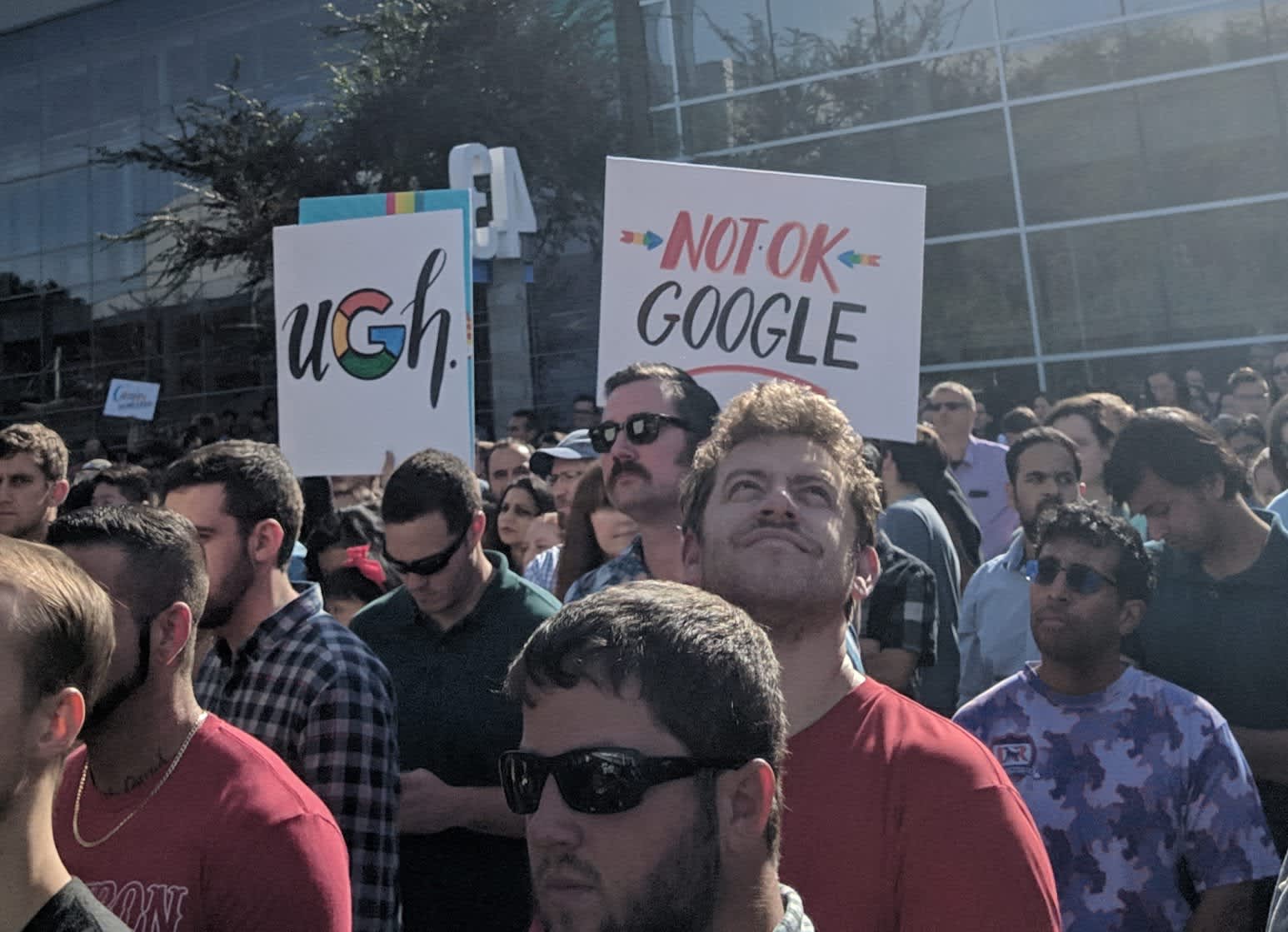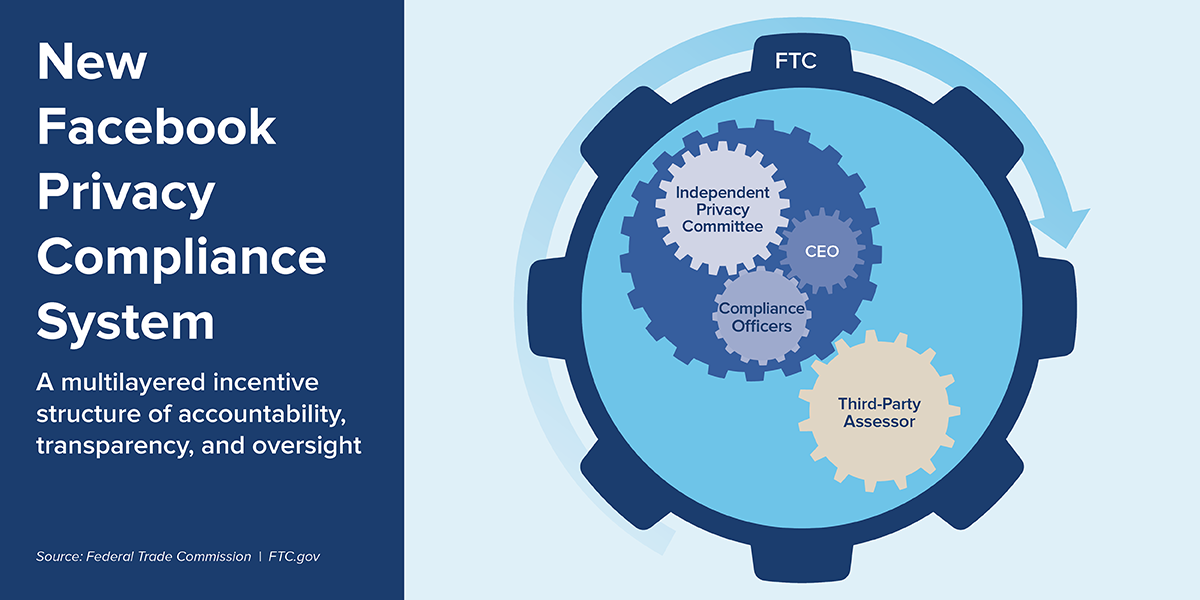
Some corporate critics have argued that the only way to deter egregious misconduct by companies may be to give prosecutors the option to seek the “death penalty”—revocation of the firm’s charter and the closing of the business.
Ever since the dismantling of Arthur Andersen after its conviction on criminal charges relating to its auditing of Enron, prosecutors at the federal level have avoided seeking that harsh remedy. In fact, they moved sharply in the other direction by adopting dubious arrangements known as deferred prosecution and non-prosecution agreements that allow companies essentially to buy their way out of criminal jeopardy. A recent report from Public Citizen found that these arrangements have been a failure in deterring corporate wrongdoing.
Yet what has received less attention is the fact that the corporate death penalty is alive and well at the state level. Numerous state AGs have been using this method to deal with those firms considered unredeemable bad actors.
For example, the Delaware AG Kathy Jennings recently announced that she had filed actions in the state Court of Chancery to dissolve 15 Delaware business entities for involvement in criminal activities. Her press release stated: “State law allows the Attorney General to petition for cancellation of an entity’s Delaware formation document when its powers, privileges, or existence have been abused or misused.”
Among the firms she moved to dissolve were LOAV Ltd., Davis Manafort International LLC, DMP International LLC, BADE LLC, Jupiter Holdings Management, LLC, and Davis, Manafort & Stone, Inc. The principals of these companies, the AG noted, were Paul Manafort and Richard Gates, who pleaded guilty in 2018 to charges involving money laundering, failing to register as a foreign agent, failure to report bank transactions, and making false statements. Manafort was also convicted in 2018 by a jury of tax and bank fraud charges. The charges against the two men included allegations that they used the named businesses to illegally conceal from the United States government millions of dollars in income received from the Ukrainian government as well as evading roughly $1.4 million in personal income taxes owed to the IRS while funding lavish personal expenditures.
The AG also proposed to dissolve Essential Consultants LLC, which was used by former Trump fixer Michael Cohen to facilitate a hush-money payment of $130,000 to Stormy Daniels.
Previously, the Delaware AG was successful in forcing four LLCs linked to the now defunct website Backpage.com to relinquish their state certificates of formation in the wake of allegations that the site promoted prostitution and human trafficking.
Not all the companies forced to dissolve are quite so well known. In the course of collecting data for our recent report on state AGs, my colleagues and I came across numerous cases in which obscure firms such as home contractors or used-car dealers were forced out of business.
For example, in July 2011 the Oregon AG announced that a company called S&S Drywall Assemblies was ordered dissolved as part of the resolution of criminal racketeering and antitrust charges brought against the company and its owner.
In some cases a state AG would carry out what amounted to a partial death sentence by banning an out-of-state company from continuing to operate in the AG’s state while it may continue to function elsewhere. We found numerous cases of this in North Dakota, which rarely penalized in-state companies but did not hesitate to ban misbehaving out-of-state ones. One of these targets was a traveling asphalt paving company.
We did not include these cases in our report or the state AG data we added to Violation Tracker because the dissolutions or state bans usually did not include monetary penalties, the common denominator among the varied cases contained in our database.
Clearly, it’s much easier for state AGs to dissolve smaller firms than it would be for federal prosecutors to do the same to large corporations with thousands of employees and shareholders. States also have the advantage that corporate chartering is a function that they, not the feds, control.
There is a feeling of satisfaction that comes from seeing a rogue company shut down that does not go along with a deferred prosecution agreement and a far-from-confiscatory monetary penalty. There has to be some way to bridge the gap.







